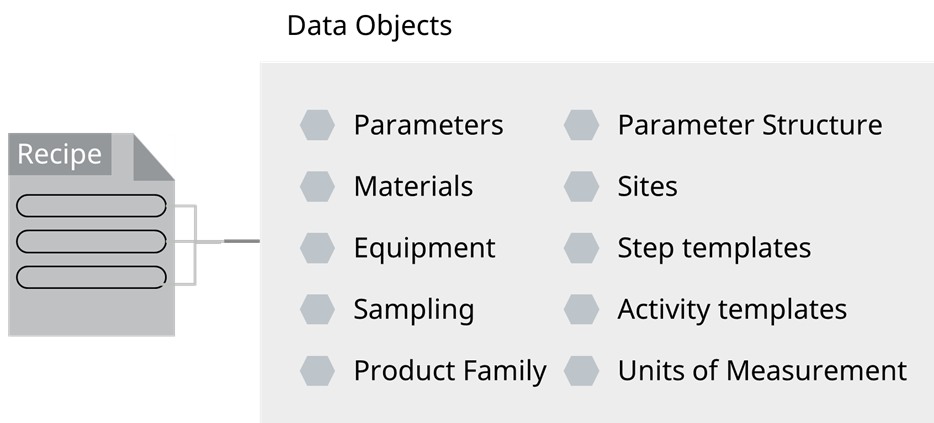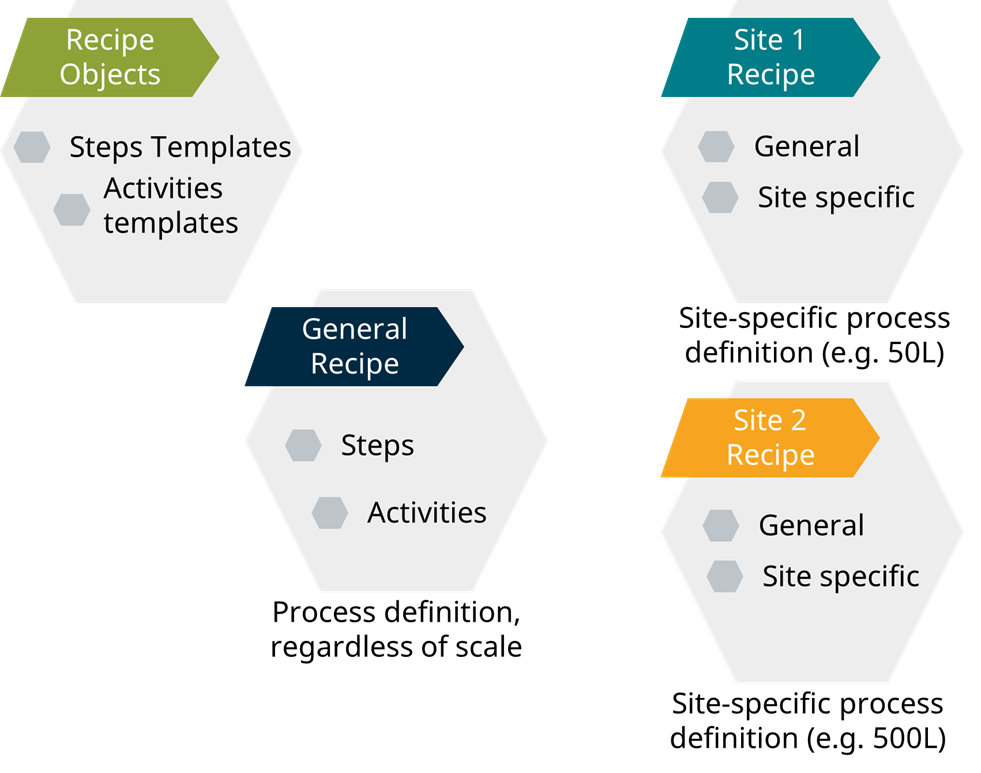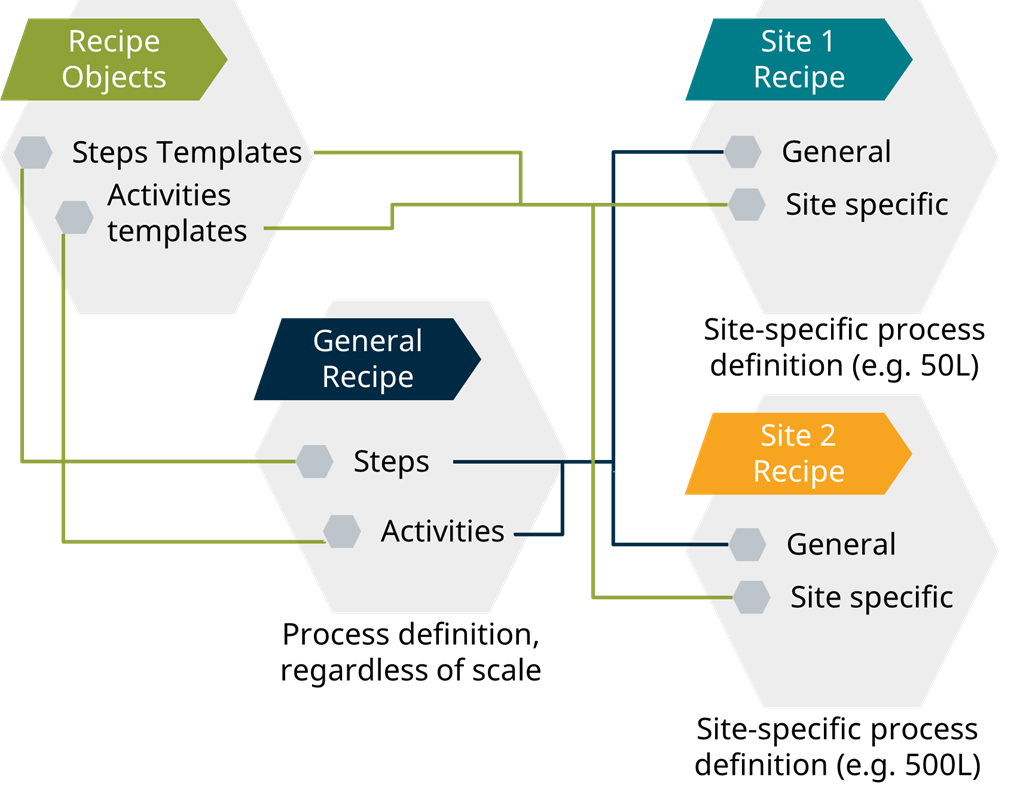BioPhorum recently published an excellent paper, Data governance needs in biomanufacturing: a position paper. This paper proposes adopting the FAIR principles for data management, meaning that data must be Findable, Accessible, Interoperable, and Reusable. As stated in the paper:
Adopting these principles is a potentially transformational opportunity for the life sciences industry, one that could fundamentally shift the industry from its status quo of scattered, siloed, single-use data sets.
The FAIR principles can be applied to different areas, including risk analysis, control strategies, and tech transfers, among others. Process definition is not an exception, and significant benefits are achieved by implementing the FAIR concept in managing process specifications. Traditionally, the process definition (or manufacturing recipe) has been captured as unstructured data in spreadsheets, Word documents, and PDF files. Digitizing the process definition will be only useful if the associated data is findable, accessible, interoperable, and reusable.
The BioPhorum paper recommends a three-step approach to transform unstructured data into a FAIR framework:
- Break down the traditional document, report, or narrative into individual nodes of information
- Assemble these nodes into a grouped structure based on industry-relevant taxonomies
- Link the data by building relationships
The BioPhorum paper uses the Quality Target Product Profile (QTPP) document to illustrate applying the three-step approach to CMC data. This blog describes how to apply the three-step approach to recipe management.
Step 1: Atomize recipe data
In traditional recipe development, each recipe component appears as an isolated entry. Using a FAIR approach, each recipe component becomes an object in a multi-dimensional data structure.
Step 2: Assemble recipe objects
The recipe objects can be grouped and linked to create different recipes, minimizing effort for recipe development.
Step 3: Leverage links among data objects
While re-usable objects can expedite the creation of recipes, even greater benefits come from leveraging the links among the different objects, as it simplifies change management.
Digital recipe management solutions, such as Emerson PKM (Process & Knowledge Management), facilitate the adoption of the FAIR framework and accelerate recipe development while reducing change management efforts.







